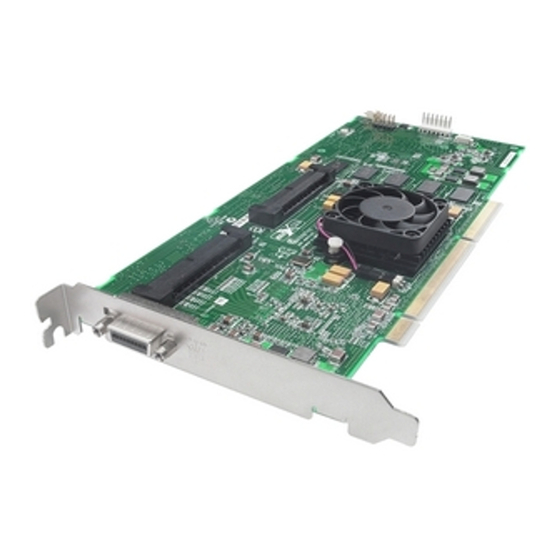
Adaptec RAID 3085 Installation And User Manual
Sas, sata, and scsi raid controllers
Hide thumbs
Also See for RAID 3085:
- User manual (181 pages) ,
- Installation and user manual (145 pages) ,
- Installation manual (106 pages)
Table of Contents
Advertisement
Quick Links
Advertisement
Table of Contents















Need help?
Do you have a question about the RAID 3085 and is the answer not in the manual?
Questions and answers